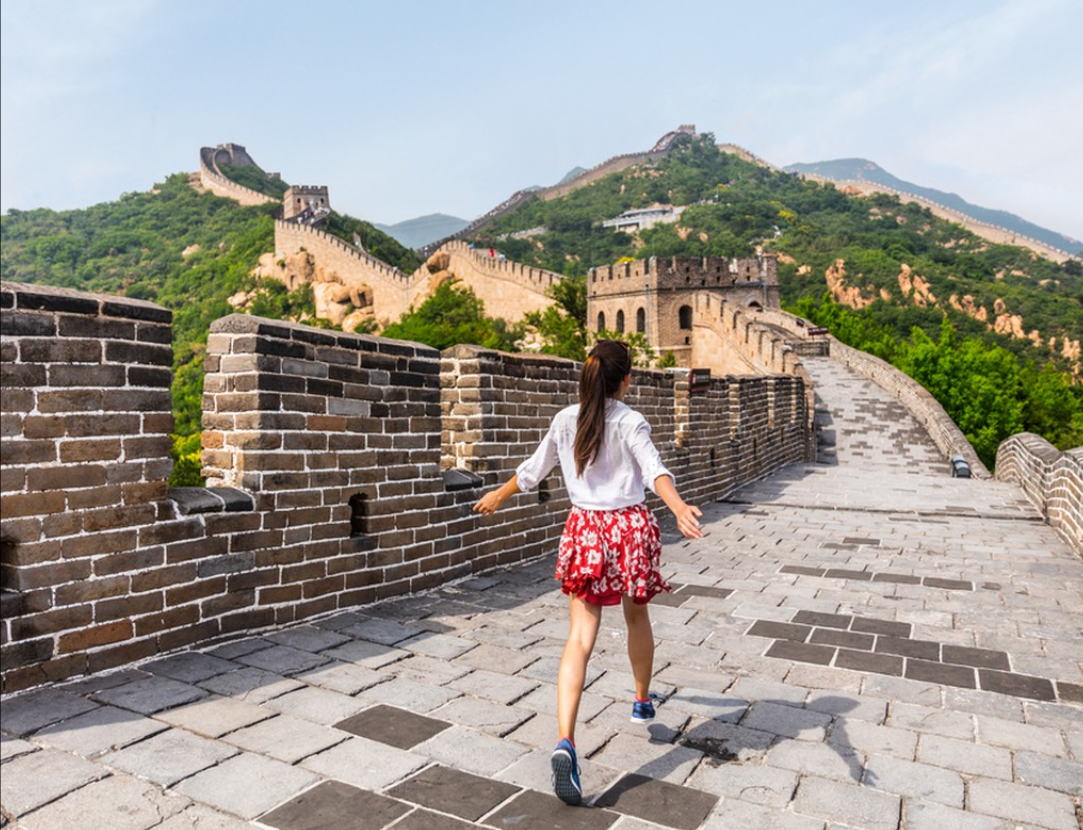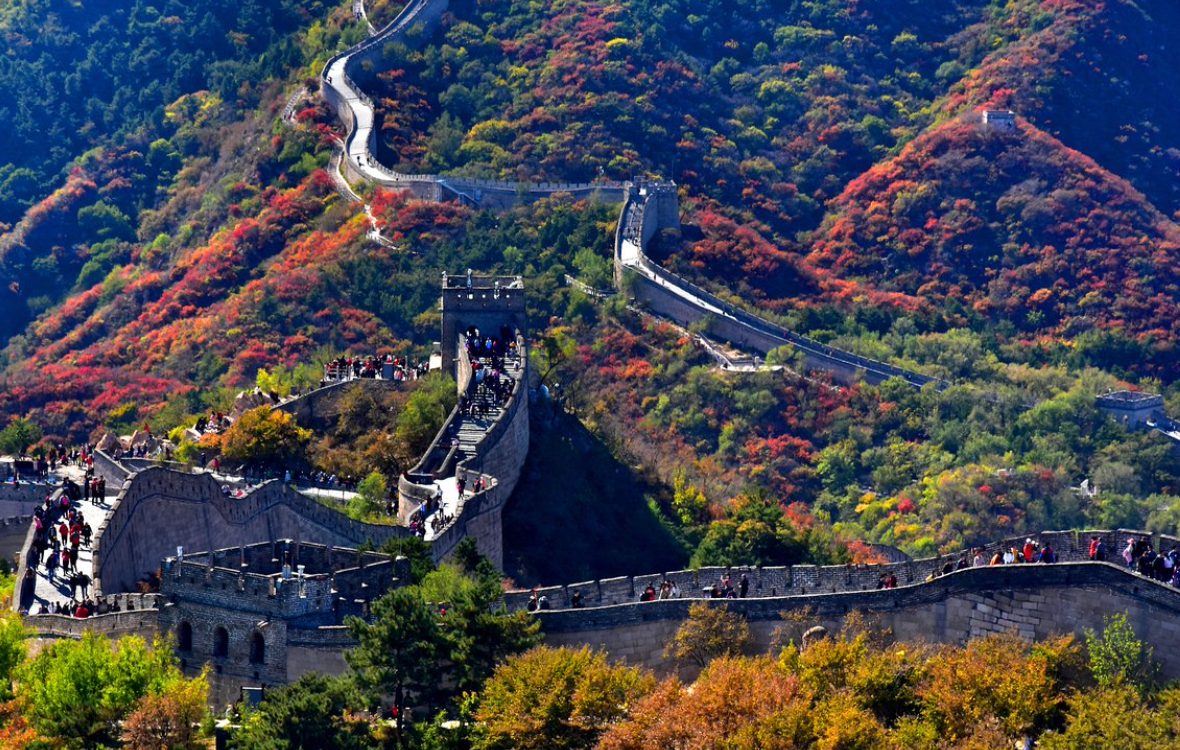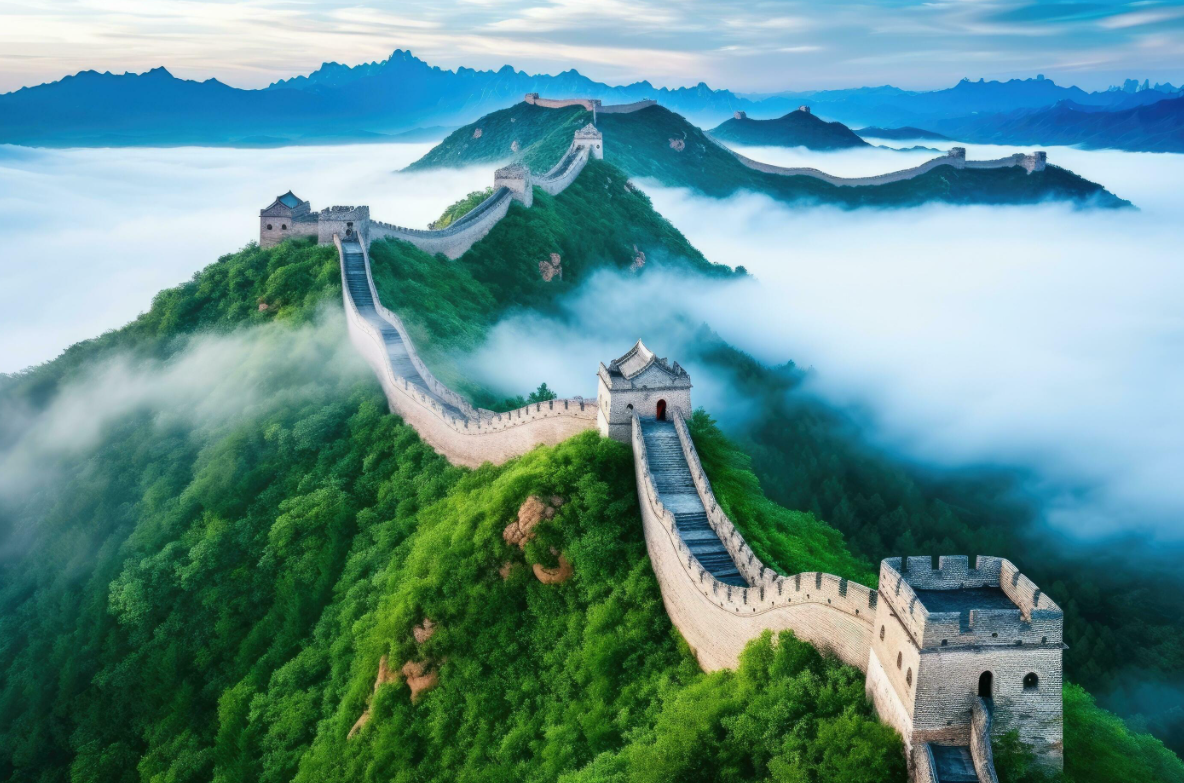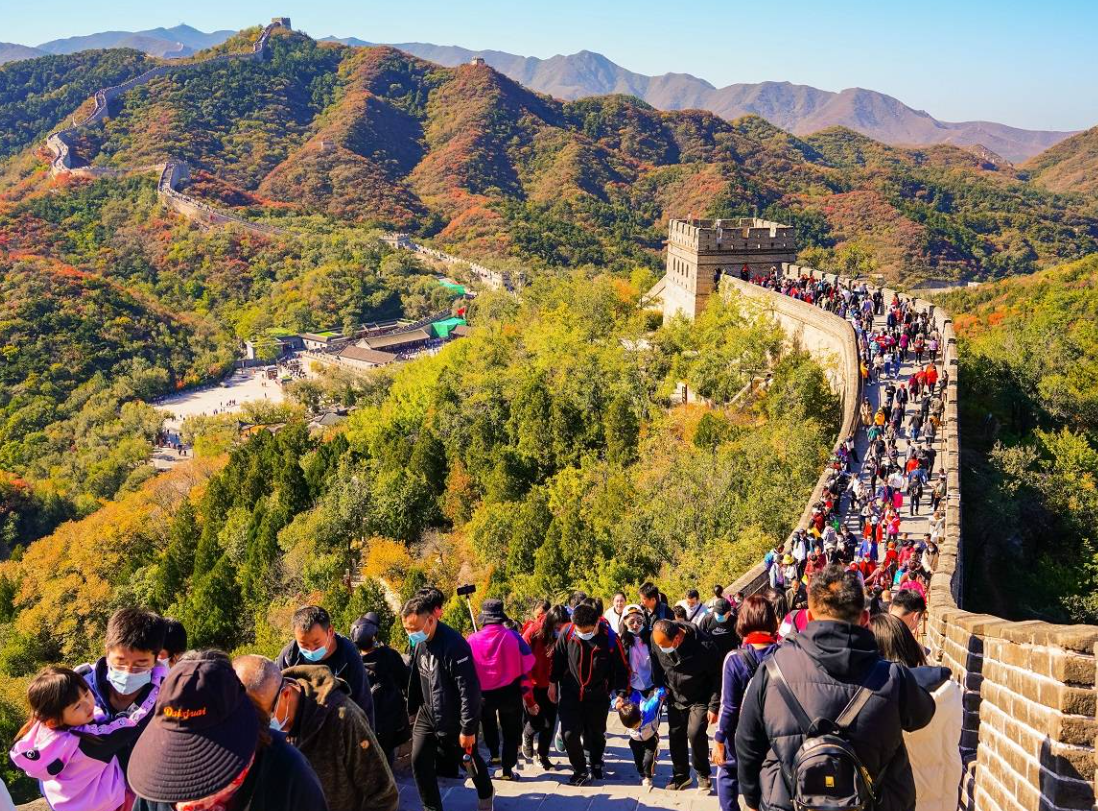Best Time to Visit the Great Wall of China: A Complete Travel Guide
Article Outline:
-
Why Timing Matters for Visiting the Great Wall
-
Seasonal Breakdown: What to Expect in Each Season
-
Best Months to Visit for Weather, Views, and Crowds
-
Additional Tips for Choosing the Right Time
1. Why Timing Matters for Visiting the Great Wall

The Great Wall of China stretches across thousands of kilometers, covering different provinces, landscapes, and climates. Choosing the right time to visit is crucial for getting the most out of your experience. Weather conditions, visibility, crowd levels, and even safety can change dramatically depending on when you go.
Most travelers visit sections close to Beijing, such as Badaling, Mutianyu, Jinshanling, and Simatai. These sections are more developed, but they can also get crowded during peak travel seasons. Your visit can feel entirely different depending on whether you're walking through autumn-colored mountains or snow-covered watchtowers.
2. Seasonal Breakdown: What to Expect in Each Season

Spring (March to May):
Spring is one of the best times to visit. Temperatures are mild, and the hills begin to bloom with fresh greenery and flowers. This season offers great photo opportunities and pleasant hiking conditions. However, early spring can still be a bit chilly, especially in March.
Summer (June to August):
Summer brings warm temperatures, but it also brings large crowds, especially during school holidays and weekends. While the views of lush green hills are stunning, the heat and humidity can make hiking challenging. Be prepared with sunscreen, water, and a sun hat.
Autumn (September to November):
Arguably the best season to visit the Great Wall. The weather is cool and stable, and the scenery is breathtaking with the mountains turning shades of red, orange, and gold. October is especially popular because of the fall colors. However, avoid the first week of October (National Day holiday), when domestic tourism peaks.
Winter (December to February):
Winter is the least crowded time, making it ideal for travelers who prefer peace and quiet. Snow can create a magical, postcard-like view of the Wall, especially in the mountains. However, some parts may be closed due to icy paths, and temperatures can drop well below freezing, so dress accordingly.
3. Best Months to Visit for Weather, Views, and Crowds

For the best balance of comfortable weather, beautiful scenery, and manageable crowds, April, May, September, and early November are ideal. These months provide clear skies, fewer tourists compared to peak summer, and the best natural surroundings.
-
April and May: Fresh spring air and fewer tourists than in the summer.
-
September and October (except Golden Week): Ideal for colorful landscapes and cool temperatures.
Avoid:
-
Early October: National Day Holiday (Oct 1–7), when popular sites get extremely crowded.
-
Mid-July to late August: Peak heat and tourist season, especially at Badaling and Mutianyu.
4. Additional Tips for Choosing the Right Time

-
Early morning visits are best to avoid crowds and capture great lighting for photos.
-
Weekdays are quieter than weekends, especially for the more popular sections.
-
If you’re a hiker or photographer, shoulder seasons like late spring and early autumn provide the best mix of weather and scenery.
-
Check local weather forecasts before heading out, especially if visiting more remote or rugged sections like Jinshanling or Jiankou.
-
Some parts of the Wall can be windy or slippery in winter, so wear proper shoes with good grip.
Conclusion
There’s no bad time to visit the Great Wall, but choosing the right season and month can significantly improve your experience. Whether you're after clear skies, stunning foliage, or solitude on ancient stones, planning your trip with the seasons in mind helps you make the most of your journey to one of the world’s most iconic landmarks.

